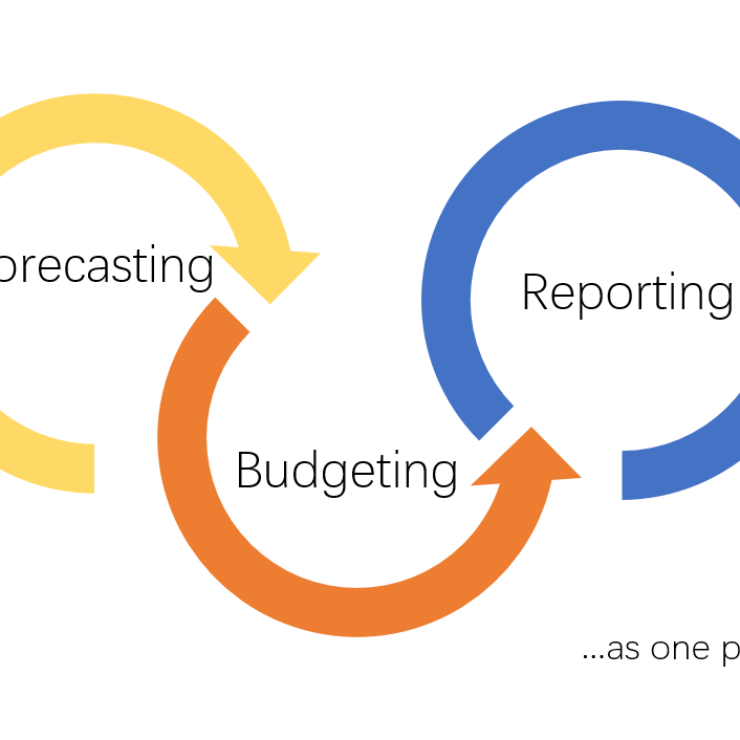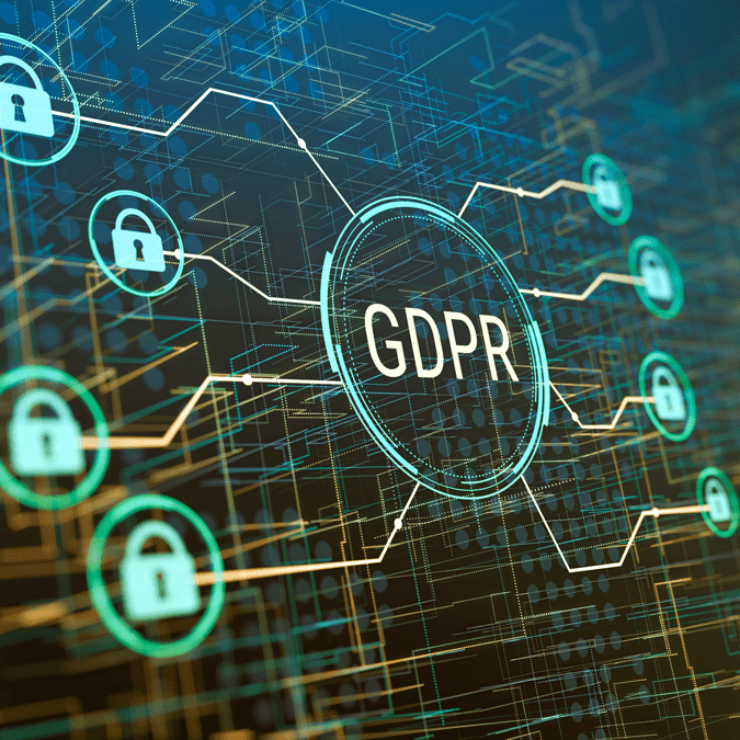OpenScope ERP and Wearables : Managing Business through Smart Devices.In the ever-evolving landscape of business technology, it seems that innovation knows no bounds. With each passing year, we witness groundbreaking advancements that transform the way we operate, communicate, and make decisions. One such intersection of technology and business is the integration of ERP (Enterprise Resource Planning) systems with wearables, a trend that’s been quietly revolutionizing the way businesses operate and manage their resources.
Imagine a scenario where the clunky desktop computers, office phones, and even the ubiquitous laptop are replaced with sleek, sophisticated wearable devices. These wearable gadgets, from smart glasses to wrist-worn sensors, are not just the latest fashion statement, but they’ve become the backbone of efficiency in the corporate world.
The ERP Revolution
Enterprise Resource Planning systems have long been the backbone of business operations. They are the digital command centers that help organizations manage their resources, from HR and finances to supply chain and customer relations. ERP systems provide a holistic view of an organization, enabling efficient decision-making and resource allocation. However, in the past, accessing this information has been tethered to computers and, more recently, mobile devices.
But what if we could take this vital information out of our pockets and put it right at our fingertips, or perhaps even in front of our eyes? That’s where the magic of wearables comes into play.
Smart Glasses: A New Lens for ERP
One of the most intriguing applications of wearables in the world of ERP is the use of smart glasses. These sleek devices, equipped with miniature screens and cameras, offer an augmented reality (AR) experience that takes ERP to a whole new level. Imagine a warehouse manager walking through rows of inventory, and as they do, data about product quantities, reorder points, and stock levels pop up right in their field of vision. No need to fumble with clipboards or tablets.
Smart glasses can be a game-changer for industries that require on-the-spot decision-making and real-time data access. Manufacturing, logistics, and healthcare are just a few examples of sectors that can benefit tremendously from the seamless integration of ERP systems with wearables.
Wearables and the Internet of Things (IoT)
The IoT is all about interconnecting devices and objects, allowing them to communicate and share data with each other. Wearables can play a vital role in this interconnected ecosystem. For instance, imagine a manager overseeing a vast network of machines in a manufacturing plant. Wearable sensors can provide real-time data on equipment performance, alerting the manager to any anomalies or maintenance requirements. This real-time data can be seamlessly integrated into the ERP system, streamlining maintenance processes and reducing downtime.
Wearables Beyond the Factory Floor
But wearables are not just confined to the factory floor or warehouse. They are making inroads into various aspects of business. For sales teams, smartwatches can display client information, meeting schedules, and even offer real-time language translation services. In the world of field service, technicians can use augmented reality glasses to receive instructions and troubleshooting tips while repairing complex equipment.
The Challenges and the Future
Of course, integrating ERP systems with wearables is not without its challenges. Data security and privacy concerns are paramount, as these devices may store and transmit sensitive information. Ensuring that these devices are not easily hackable is crucial. Additionally, there’s the issue of user adoption and training. Not everyone is tech-savvy, and learning to use a new set of devices can be daunting.
However, the potential benefits are enormous. With ERP and wearables, businesses can unlock new levels of efficiency, reduce human error, and enhance decision-making. It’s not just about doing the same things differently; it’s about doing different things that were not possible before.
As technology continues to evolve, the intersection of ERP and wearables will likely become more seamless and user-friendly. As wearable devices become more affordable and easier to integrate with existing ERP systems, we can expect to see this fusion becoming increasingly common across various industries.
So, whether you’re donning a pair of smart glasses to navigate your warehouse, using a smartwatch to close deals on the go, or employing wearable sensors to keep your machines running smoothly, the future of business is undeniably tied to these unassuming but powerful devices. ERP and wearables are set to redefine how we manage resources and make informed decisions, ushering in a new era of business efficiency and productivity. So, watch this space – literally!




